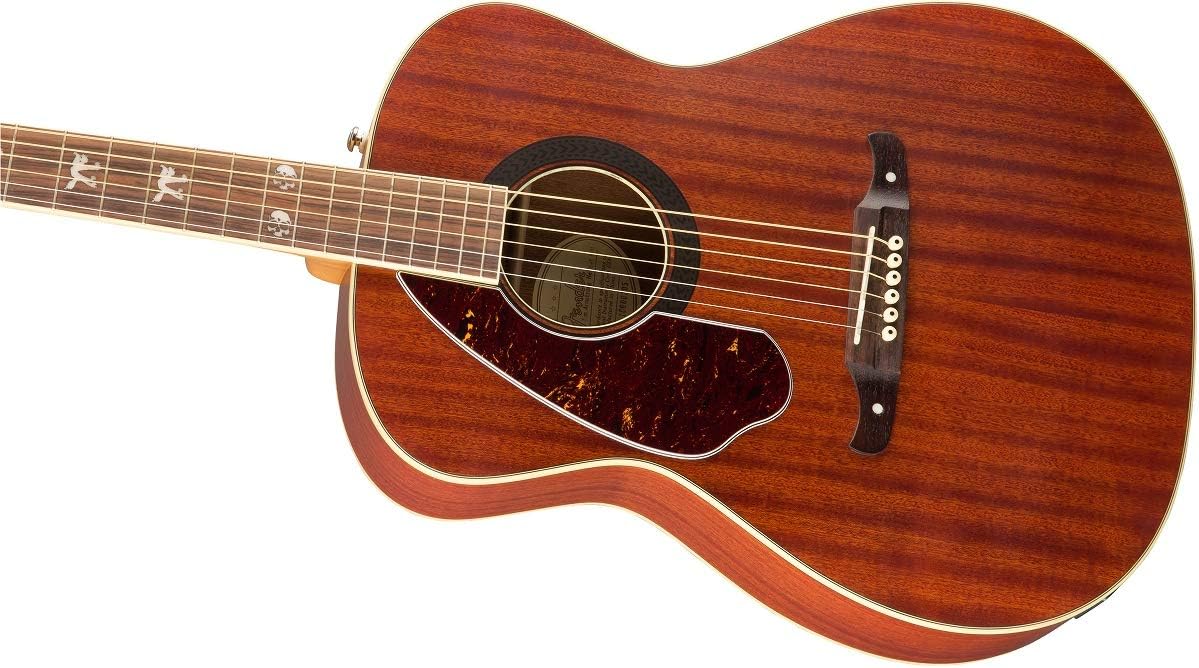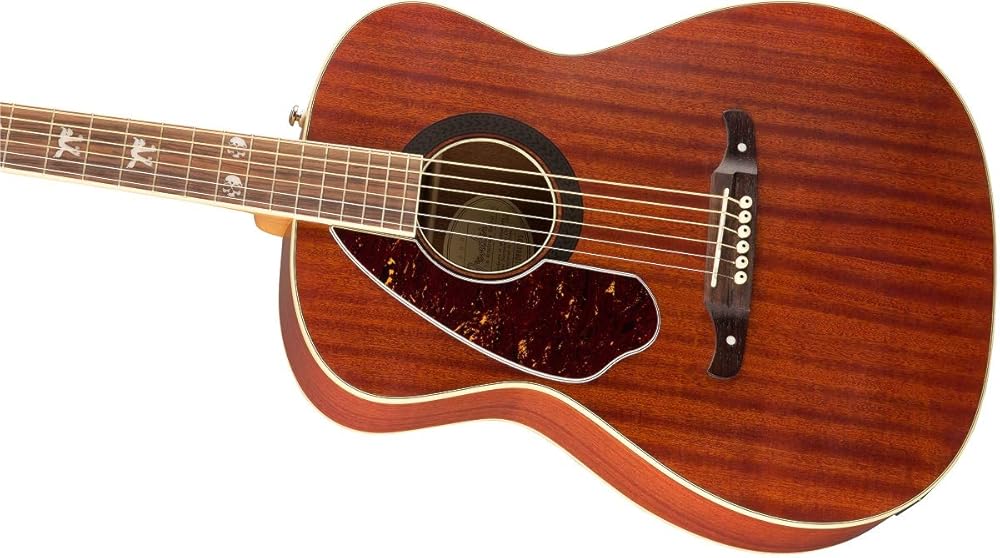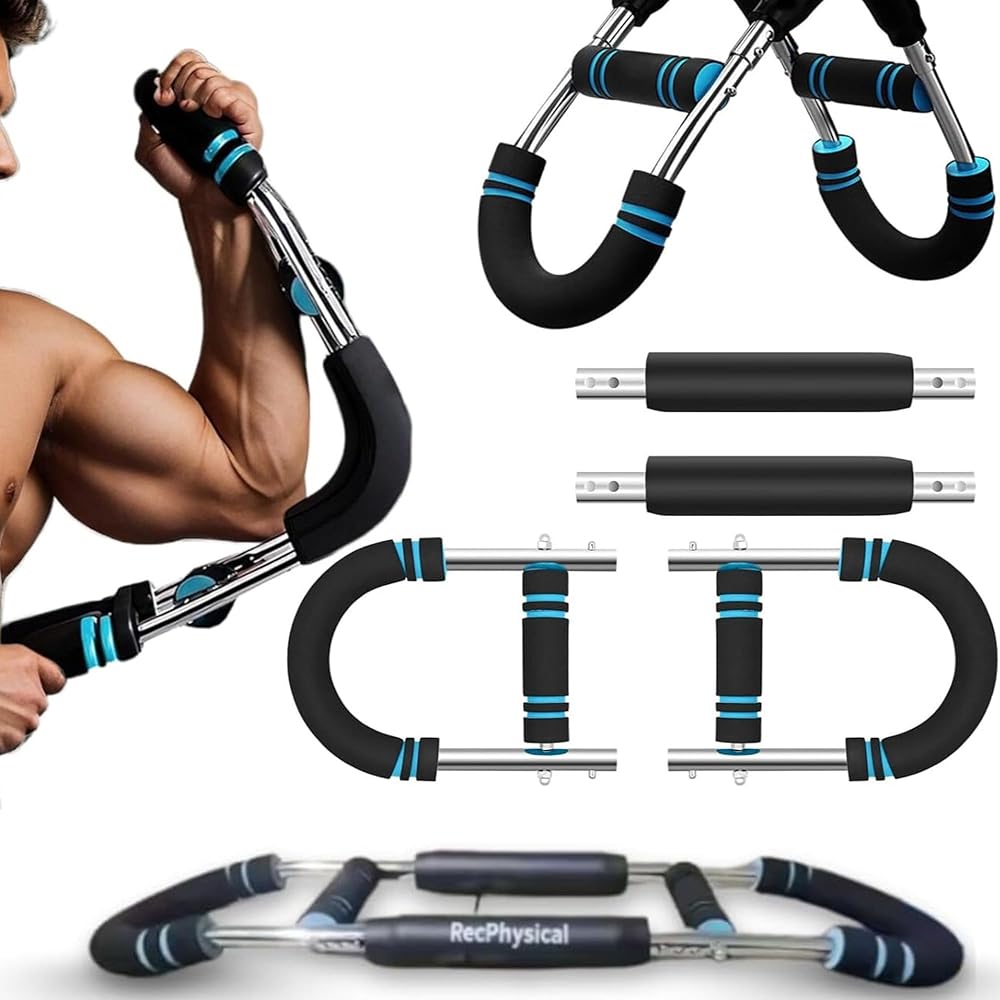⭐⭐⭐⭐⭐ 5/5 Stars – “Absolutely brilliant guitar that punches well above its weight class”
The Bottom Line First
After three months of daily playing, I can confidently say this is the best left-handed acoustic I’ve owned under £500. The Fender Tim Armstrong Hellcat isn’t just another signature model cash-grab – it’s a genuinely exceptional instrument that delivers professional-quality sound and playability at a price that won’t break the bank.
Why This Guitar Changed My Mind About Fender Acoustics
I’ll be honest – I was sceptical about Fender acoustics. We all know they’re the kings of electric guitars, but acoustics? That’s traditionally been Martin and Taylor territory. However, the Hellcat has completely shifted my perspective, and here’s why every left-handed player in the UK should seriously consider this instrument.

What Makes This Guitar Special?
The Tim Armstrong Connection That Actually Matters
Unlike many signature models that feel like marketing gimmicks, this collaboration with Rancid’s Tim Armstrong (himself a left-handed player) resulted in a guitar designed by someone who actually understands the struggles of southpaw musicians. Armstrong based this on his cherished ’60s Fender concert-style acoustic – the very guitar that inspired countless Rancid songs.
The attention to detail is evident in every aspect, from the distinctive pearl acrylic Hellcat inlays on the 3rd, 5th, and 7th frets to the striking double-skull design at the 12th fret. These aren’t just aesthetic touches – they’re functional markers that make navigation effortless during live performances.
Build Quality That Rivals Guitars Twice the Price
Top: Solid mahogany – not laminated like many budget acoustics Back and Sides: Mahogany laminate with beautiful grain patterns Neck: Satin-finish maple that feels like silk under your fingers Fingerboard: Rich walnut with smooth, perfectly levelled frets Body Style: Concert size (perfect for smaller players and studio work)
The solid mahogany top is where this guitar truly shines. Most acoustics in this price range use laminated tops, but Fender’s decision to use solid wood here pays massive dividends in both tone and projection. The advanced scalloped X-bracing allows the top to vibrate more freely, resulting in a richer, more resonant sound that improves with age.
Sound Quality: Where This Guitar Truly Excels
Unplugged Performance
The moment I first strummed this guitar, I knew I was dealing with something special. The solid mahogany top delivers a warm, woody tone with excellent balance across the frequency spectrum. The concert body size might seem small compared to a dreadnought, but don’t be fooled – this guitar has remarkable projection and clarity.
Low-end: Rich and full without being muddy Midrange: Perfectly balanced with gorgeous woody warmth Treble: Clear and articulate without harsh overtones Sustain: Impressive for a guitar in this price range
The mahogany construction gives it a distinctly different character from the typical spruce-topped acoustics. Where spruce can sometimes sound bright or even harsh, the mahogany provides a more mellow, vintage-inspired tone that’s perfect for folk, indie, punk, and even jazz applications.
Amplified Performance: The Fishman Difference
The onboard Fishman Tim Armstrong pickup system is genuinely impressive. I’ve played through various amps – from small practice combos to full PA systems – and the tone remains consistent and musical. The built-in tuner is remarkably accurate and discreet, whilst the volume and tone controls are positioned perfectly for easy access during performance.
Key Features:
- Active preamp for strong, noise-free signal
- Built-in chromatic tuner (incredibly handy for live work)
- Volume and tone controls that actually make a difference
- No feedback issues even at moderate volumes
Playability: Designed for Real Musicians
Neck Profile and Action
The satin-finish maple neck is absolutely sublime. At 1.69″ (43mm) nut width, it’s comfortable for players with smaller hands whilst still providing enough space for accurate fretting. The neck profile strikes the perfect balance – not too chunky like some vintage-style necks, but substantial enough to feel secure.
Out of the box, the action was spot-on. This is crucial for left-handed players who often receive guitars with poor setups. I didn’t need any adjustments – rare for an instrument at this price point.
Fretwork and Intonation
The fretwork is immaculate. Every fret is perfectly level, with no sharp edges or buzzing. The intonation is accurate up and down the neck, which is essential for both recording and live performance. The vintage-style open-gear tuners hold tune remarkably well, even after aggressive strumming sessions.
Comfort and Ergonomics
The concert body size is perfect for extended playing sessions. Unlike larger dreadnoughts that can feel unwieldy, especially for smaller players, the Hellcat sits comfortably whether you’re standing with a strap or sitting for studio work. The body depth provides enough volume and projection without being cumbersome.
Build Quality and Durability
Construction Standards
Despite being manufactured in China, the build quality is exceptional. The binding is clean and precise, the finish is flawless, and all hardware feels solid and well-engineered. The 4-ply tortoiseshell pickguard adds both protection and vintage aesthetic appeal.
Hardware Quality
- Tuners: Vintage-style open-gear tuners that look great and function perfectly
- Nut and Saddle: Properly cut and shaped for optimal intonation
- Electronics: Fishman system is reliable and roadworthy
- Finish: Natural satin finish that feels great and looks stunning
Long-term Reliability
After three months of regular playing, including several gigs, this guitar has proven remarkably reliable. The electronics have been flawless, the tuning stability is excellent, and the overall build quality inspires confidence for years of use.
Value for Money: Exceptional
Comparison to Competitors
At this price point, you’re typically looking at:
- Yamaha FG800: Good budget option, but laminated top and basic electronics
- Epiphone DR-100: Entry-level feel with limited tonal complexity
- Fender CD-60S: Decent, but the Hellcat’s solid top and superior electronics make it worth the extra investment
What You Get for Your Money
- Solid mahogany top (usually found on guitars £200-300 more expensive)
- Professional-grade Fishman electronics
- Exceptional build quality and setup
- Unique aesthetic touches that make it stand out
- Left-handed availability without the usual premium
Who Should Buy This Guitar?
Perfect For:
- Intermediate to advanced left-handed players seeking a versatile acoustic-electric
- Singer-songwriters who need reliable amplified performance
- Electric guitar players transitioning to acoustic (the neck feel is familiar)
- Studio musicians requiring a guitar that records beautifully
- Punk/indie/folk artists who want that distinctive mahogany warmth
Consider Alternatives If:
- You specifically need a large-bodied dreadnought sound
- You’re a complete beginner (might be worth starting with something less expensive)
- You prefer bright, sparkly tones over warm, woody characteristics
Real-World Performance
Recording Experience
I’ve used this guitar on several recording sessions, and it consistently delivers professional results. The solid mahogany top provides excellent microphone response, whilst the Fishman pickup system gives clean, usable direct-input signals that sit perfectly in a mix.
Live Performance
The built-in tuner is a godsend during live sets, and the feedback resistance is impressive for a guitar in this price range. The concert body size is perfect for stage work – substantial enough to be heard acoustically for small venues, whilst the electronics handle larger rooms with ease.
Home Practice
This is where the concert body size really shines. It’s not overpowering in a small room, but it has enough presence to be satisfying for extended practice sessions. The comfortable neck makes it easy to play for hours without fatigue.
Minor Considerations
Potential Drawbacks
- Volume: Slightly quieter than larger-bodied acoustics when played unplugged
- Tone preference: The mahogany sound won’t suit everyone – some prefer brighter spruce tops
- String height: A few players might prefer slightly lower action (easily adjustable)
Long-term Ownership
The solid mahogany top will continue to open up and improve with age. After several months of playing, I’ve noticed the tone becoming more complex and resonant. This is a guitar that will serve you well for years to come.
Final Verdict
The Fender Tim Armstrong Hellcat Left-Handed Acoustic-Electric is an exceptional instrument that delivers professional-quality performance at a remarkably reasonable price. It’s rare to find a left-handed acoustic that doesn’t feel like an afterthought, but this guitar was clearly designed with southpaws in mind.
Pros: ✅ Solid mahogany top delivers exceptional tone ✅ Professional-grade Fishman electronics ✅ Excellent build quality and setup ✅ Comfortable concert body size ✅ Unique aesthetic touches ✅ Outstanding value for money ✅ Perfect for recording and live performance
Cons: ❌ Slightly quieter than larger acoustics when unplugged ❌ Mahogany tone won’t suit all playing styles ❌ Concert size might feel small for some players
Overall Rating: 5/5 Stars
This guitar has earned a permanent place in my collection. It’s become my go-to acoustic for recording sessions, live performances, and daily practice. For left-handed players in the UK looking for a professional-quality acoustic-electric that won’t break the bank, the Fender Tim Armstrong Hellcat is an outstanding choice that I wholeheartedly recommend.
Would I buy it again? Absolutely. In fact, I’m considering purchasing a second one as a backup for touring.
Bottom line: If you’re a left-handed player tired of settling for converted right-handed guitars or paying premium prices for inferior instruments, the Hellcat offers professional quality, distinctive style, and exceptional value. It’s a guitar that will grow with you and serve you well for years to come.
This review is based on three months of ownership and regular use in various musical contexts. Individual experiences may vary, but I’m confident this guitar will exceed expectations for most players in its price range.

Callum Prescott is a versatile British multi-instrumentalist with over 17 years of professional experience in guitar and drums. Known for his technical precision, musical adaptability, and dynamic stage presence, Callum has become a trusted name in both studio and live performance across genres including rock, jazz, funk, and contemporary pop.
Callum studied at the Leeds Conservatoire, where he earned a First-Class Honours degree in Popular Music Performance. His dual specialization in guitar and drums has led him to tour internationally, perform on major festival stages such as Glastonbury, Reading & Leeds, and collaborate with artists signed to labels like Universal Music and Island Records.
As an educator, Callum teaches both instruments at the British Institute of Modern Music (BIMM) and runs a successful private studio in London. His teaching approach balances technique, creativity, and real-world industry skills, tailored for musicians at every level. Many of his students have gone on to join signed bands or enter prestigious conservatoires.
Callum is also an in-demand session musician, having played on over 40 commercial recordings for film, television, and album projects. He regularly shares tutorials, gear reviews, and advanced technique breakdowns on his YouTube channel and Patreon, building a dedicated global following of aspiring musicians.
Key Highlights:
17+ years of experience as a guitarist and drummer
Graduate of Leeds Conservatoire (First-Class Honours, Pop Music)
Performed at Glastonbury, Reading & Leeds, and international tours
Recorded for Universal, Island Records, and TV/film soundtracks
Faculty member at BIMM London; runs private teaching studio
Disclosure: This article contains affiliate links to products I personally use and recommend. When you purchase through these links, I may earn a small commission at no additional cost to you. All recommendations are based on my genuine experience and testing—I only recommend products I actually use in my own home.




